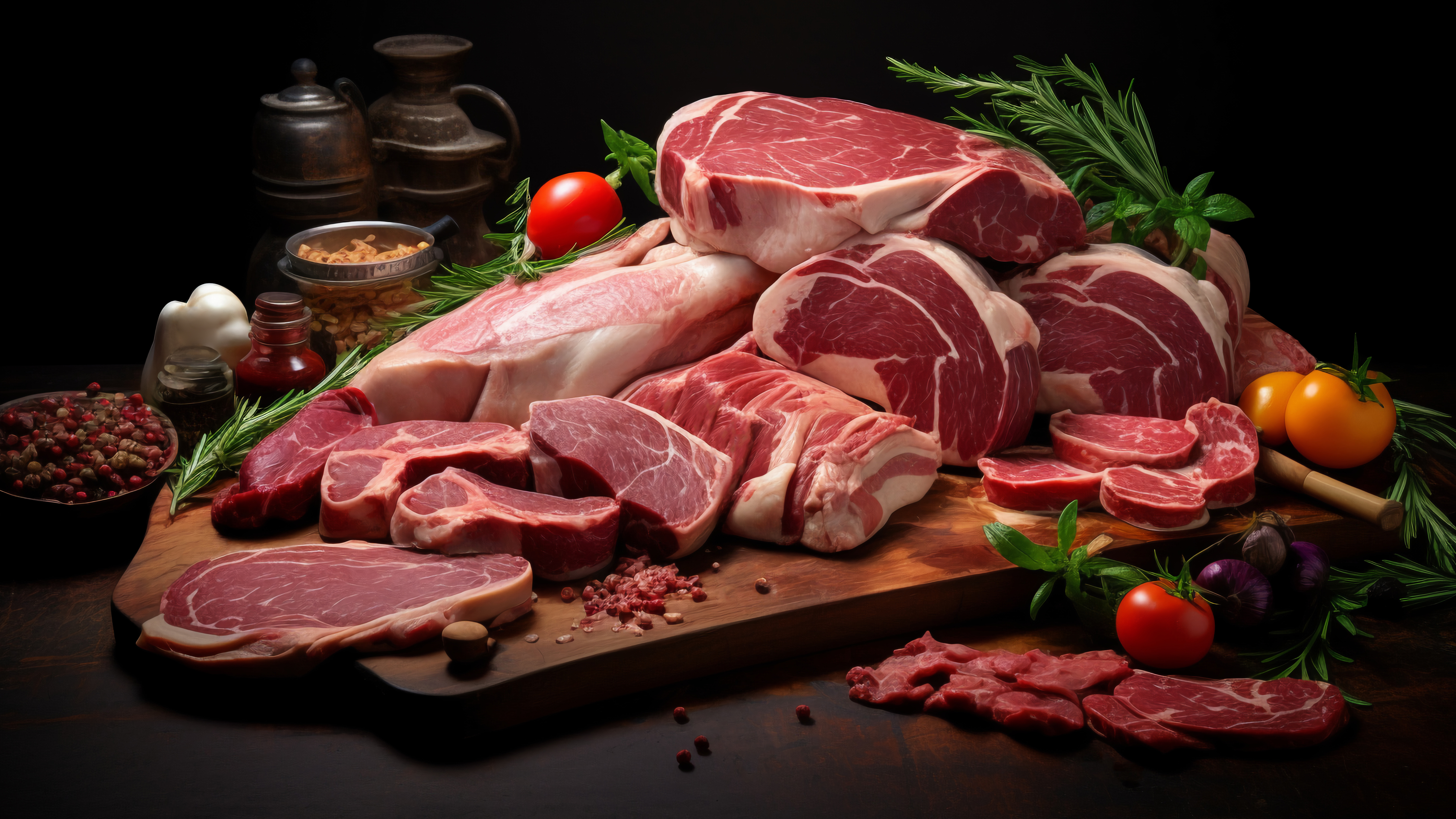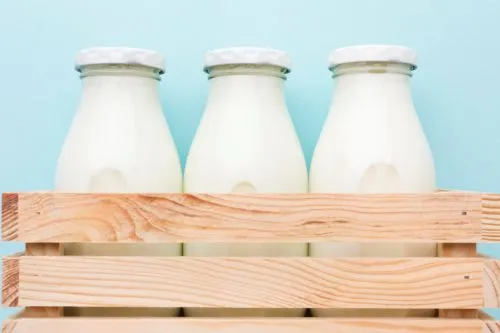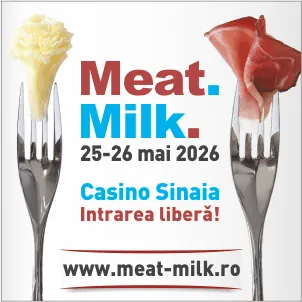
The Global Meat Industry Undergoes Accelerated Transformation
The global meat industry is undergoing rapid transformation, driven by shifts in consumer behavior and increasing demands for product quality, sustainability, and traceability. According to FAO data from 2024, total meat consumption has recorded an average annual growth of 1.3% over the past decade, with notable differences between meat types and market segments.
One of the most visible trends is the steady increase in poultry consumption, to the detriment of red meat. Poultry now accounts for over 37% of total global meat consumption, being favored for its affordability, ease of preparation, and perception as a healthier option. Pork consumption remains stable in regions such as Europe and Asia, while beef has seen a slight decline—partially offset by growth in the premium meat segment.
The premium segment—which includes aged meat, products with protected designation of origin (PDO, PGI), and certified traditional specialties—is expanding rapidly. In Europe, this category is growing by 6–7% annually, fueled by middle- and high-income consumers seeking differentiated, traceable products with superior nutritional profiles. In Romania, the growing interest in premium meat is evident in the development of specialty butcher networks and the expansion of offerings in modern retail formats.
In addition to evolving consumer preferences, meat processors are increasingly influenced by European regulations regarding sustainability and animal welfare. New labeling requirements—such as the indication of rearing methods or carbon footprint—are pushing the industry to adapt its production flows and invest in modern technologies. Technologies like QR code traceability and the integration of digital solutions (ERP, blockchain) are becoming competitive standards in the meat industry.
(Photo: Freepik)




